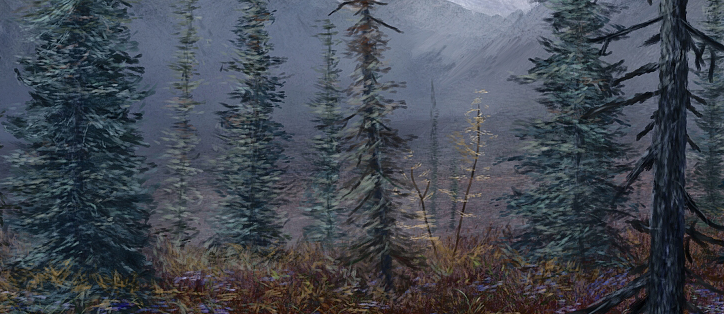It’s been over a year since I opened the “new blog post tab”. I cut ties with most of my social media circle, but I intend to return. 😀 I had to go away for a while because all this social media stuff made me very tired. I also made a huge pause in writing. No new words for over a year. Then something magical happened and I opened the Scrivener’s blank page and the words just flowed. I made a pause with the Rjg series and instead will be diving into Falaha’s new adventure. I was supposed to release the Rjg in 2018 but it wasn’t that good a book to do it yet. Rjg needs to be worked on more diligently, otherwise it will be a mediocre novel. It should be a “bang” instead. 🙂
Now, onto some good stuff.
First, I will probably continue with my world-building posts, after all, this what this blog was supposed to be. I won’t blog frequently, but I will be putting up some valuable pieces for the worldbuilders this year.
Second, I started a new book. By the way it began for me I will breeze through it rather quickly and soon there will be a massive new read. There were questions left unanswered and ties left loose — Falaha’s world is too vast to fit into a single story.
Third, I hope to find some great new reads this year to inspire me to write more.
Fourth, I will continue to work on my Skyrim mods. I have written some large story quests for it and this is what I intend to implement ASAP.
Now I need to survive my exams in January (I’m studying logistics now!) and a driving theory and practice exams to finally get my license! Onto the new year!







